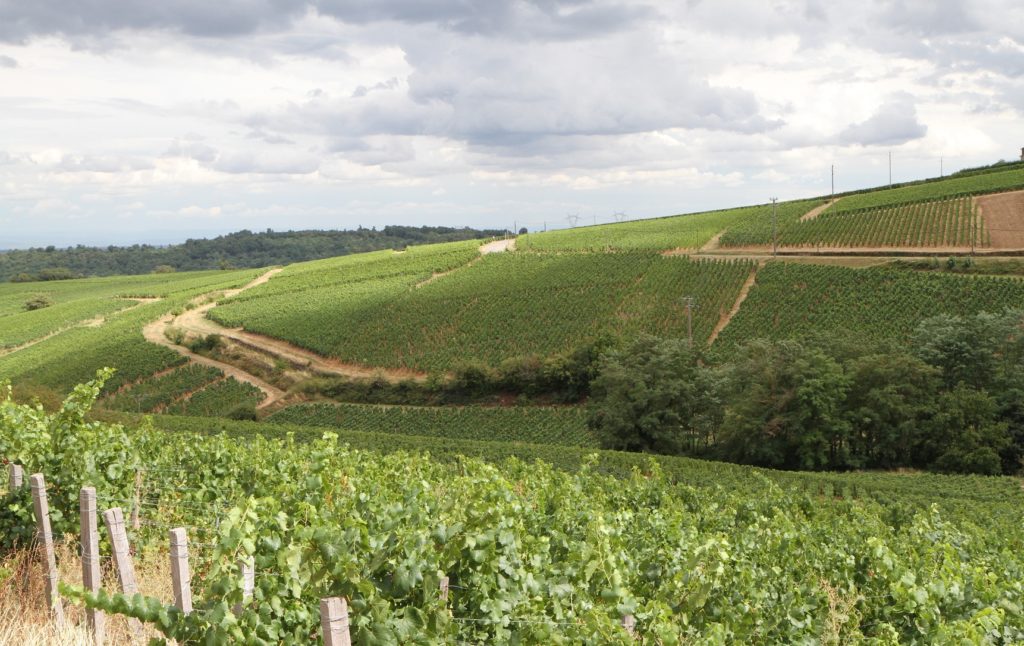 Like other vineyards, Burgundy is now interested in its greenhouse gas emissions. The inter-profession unveils an ambitious plan, which should lead to the carbon neutrality of the sector in 2050. Wine production is not one of the most emitting of greenhouse gases, the molecules responsible for climate change, the most problematic of which is carbon dioxide. Despite this, the Burgundy wine inter-profession wanted to be part of a general trend of "low carbon" production, and unveils a very ambitious plan for this. A project called "climate objective", whose purpose is to enable the Burgundy vineyard to achieve carbon neutrality by 2050. To do this, the inter-professional association has enlisted the services of Adelphe, an SME specialising in waste sorting and recycling. A choice justified by the fact that "the carbon footprints carried out for several years by different wine inter-professions show that the "packaging" item represents between 30 and 40% of the carbon emitted by the Wine sector". Either bottles, caps or cartons. Three steps To achieve their goal, the Burgundy vineyard and Adelphe have established a roadmap. Step 1: "Starting from the carbon footprint of the sector, collecting additional information, and developing the strategy". Step 2: "Define the carbon reduction trajectory throughout the value chain, obviously including packaging and identify the residual emissions to be neutralized". Finally, step 3 will consist of "putting in place actions to neutralize incompressible greenhouse gas emissions". Thus, all farms will be required, in the medium term, to carry out a balance sheet, and to act. This may consist of less use of tractors and fertilizers, a limited use of energy in the cellar, a lightening of the weight of bottles, or the creation of "carbon sinks" in the vineyards, via the introduction of plants and trees in particular.
Like other vineyards, Burgundy is now interested in its greenhouse gas emissions. The inter-profession unveils an ambitious plan, which should lead to the carbon neutrality of the sector in 2050. Wine production is not one of the most emitting of greenhouse gases, the molecules responsible for climate change, the most problematic of which is carbon dioxide. Despite this, the Burgundy wine inter-profession wanted to be part of a general trend of "low carbon" production, and unveils a very ambitious plan for this. A project called "climate objective", whose purpose is to enable the Burgundy vineyard to achieve carbon neutrality by 2050. To do this, the inter-professional association has enlisted the services of Adelphe, an SME specialising in waste sorting and recycling. A choice justified by the fact that "the carbon footprints carried out for several years by different wine inter-professions show that the "packaging" item represents between 30 and 40% of the carbon emitted by the Wine sector". Either bottles, caps or cartons. Three steps To achieve their goal, the Burgundy vineyard and Adelphe have established a roadmap. Step 1: "Starting from the carbon footprint of the sector, collecting additional information, and developing the strategy". Step 2: "Define the carbon reduction trajectory throughout the value chain, obviously including packaging and identify the residual emissions to be neutralized". Finally, step 3 will consist of "putting in place actions to neutralize incompressible greenhouse gas emissions". Thus, all farms will be required, in the medium term, to carry out a balance sheet, and to act. This may consist of less use of tractors and fertilizers, a limited use of energy in the cellar, a lightening of the weight of bottles, or the creation of "carbon sinks" in the vineyards, via the introduction of plants and trees in particular.

